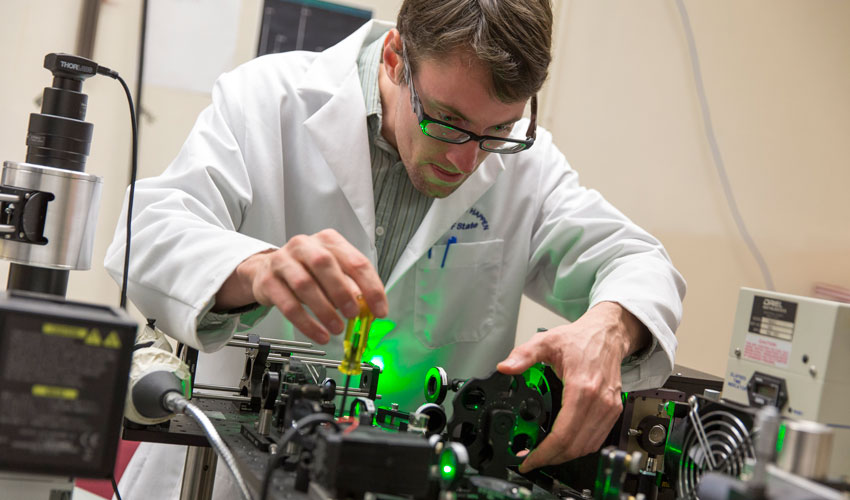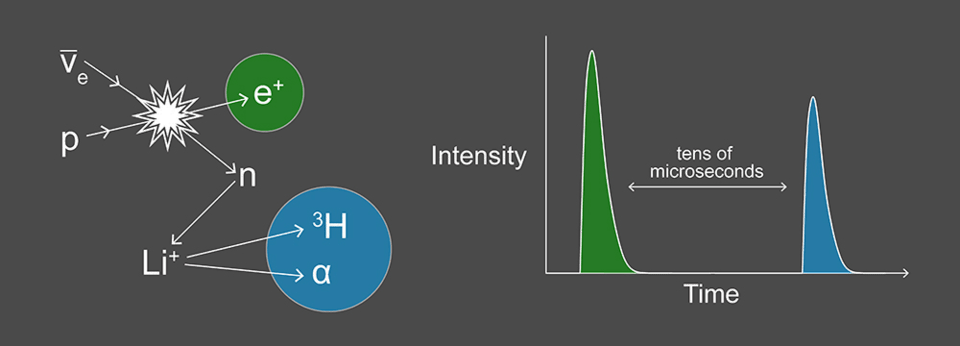In case you missed it (ICYMI), here are some of the stories that made headlines in the world of cleanrooms and nanotechnology in the past week.

Undergraduate engineering student Alex Yore was the lead author on a recently published research paper that shed light on the properties of ultrathin materials.
Researchers at San Francisco State University are looking to shed light on ultrathin materials. The researchers are observing “low dimensional materials,” which are materials just one to five atoms thick. They are also looking at a material called molybdenum disulfide (MoS2) and how it reacts when struck with highly focused laser light. They have discovered that a bit of MoS2 emits less light at its center while reflecting higher-energy light back at its edges. This could help future researchers manipulate the material better, perhaps by controlling the color that is emitted off the edge.

The PROSPECT detector will consist of an 11 x 14 array of long skinny cells filled with liquid scintillator, which is designed to sense antineutrinos emanating from the reactor core. If a sterile neutrino flavor exists, then PROSPECT will see waves of antineutrinos that appear and disappear with a period determined by their energy. Composition not drawn to scale. The individual cells themselves (top right) are filled with an unconventional liquid blend partially developed by NIST. In addition to containing a commercially available scintillating solution that turns hits into light, the liquid is doped with lithium ions, which allows researchers to capture the antineutrino signals in a detector of relatively small size. Image: Sean Kelley/NIST
Neutrinos — tiny particles with almost no mass — have been frustrating for physicists to deal with. There aren’t as many neutrinos as theory says they should be seeing, and they don’t know why. It may be because there’s a fourth kind of neutrino that hasn’t yet been detected — a “sterile” neutrino. NIST scientists have announced that their Precision Oscillation and Spectrum Experiment (PROSPECT) will begin looking for it next year. To find these new particles, or prove once and for all that they don’t exist, the PROSPECT collaboration will construct a revolutionary detector for short-range neutrino experiments, using a nuclear reactor as the neutrino source. This could also provide a new tool to monitor and safeguard nuclear reactors.
Finally, a researcher at the University of Leiden is working on a way to make flawless graphene coatings. Graphene can only be super-strong if the wire mesh of carbon atoms it’s made of are perfectly regular in form. Current production methods, however, create sheets of graphene that are made up of a patchwork of small pieces that have been grafted onto one another. The scientist developed a model of how friction occurs at atomic level. When two surfaces slide over one another, the actual contact points are only nanometers in size, just a very few atoms. The friction is at its maximum when the stiffness of the nano-protrusions is roughly average: not too soft, but also not too stiff.




